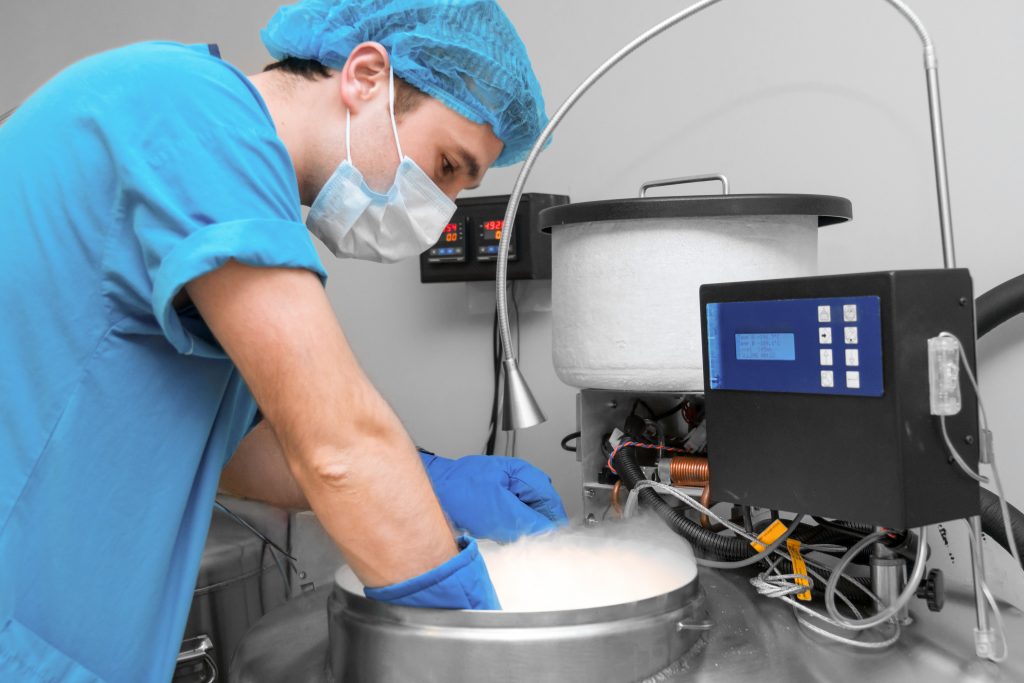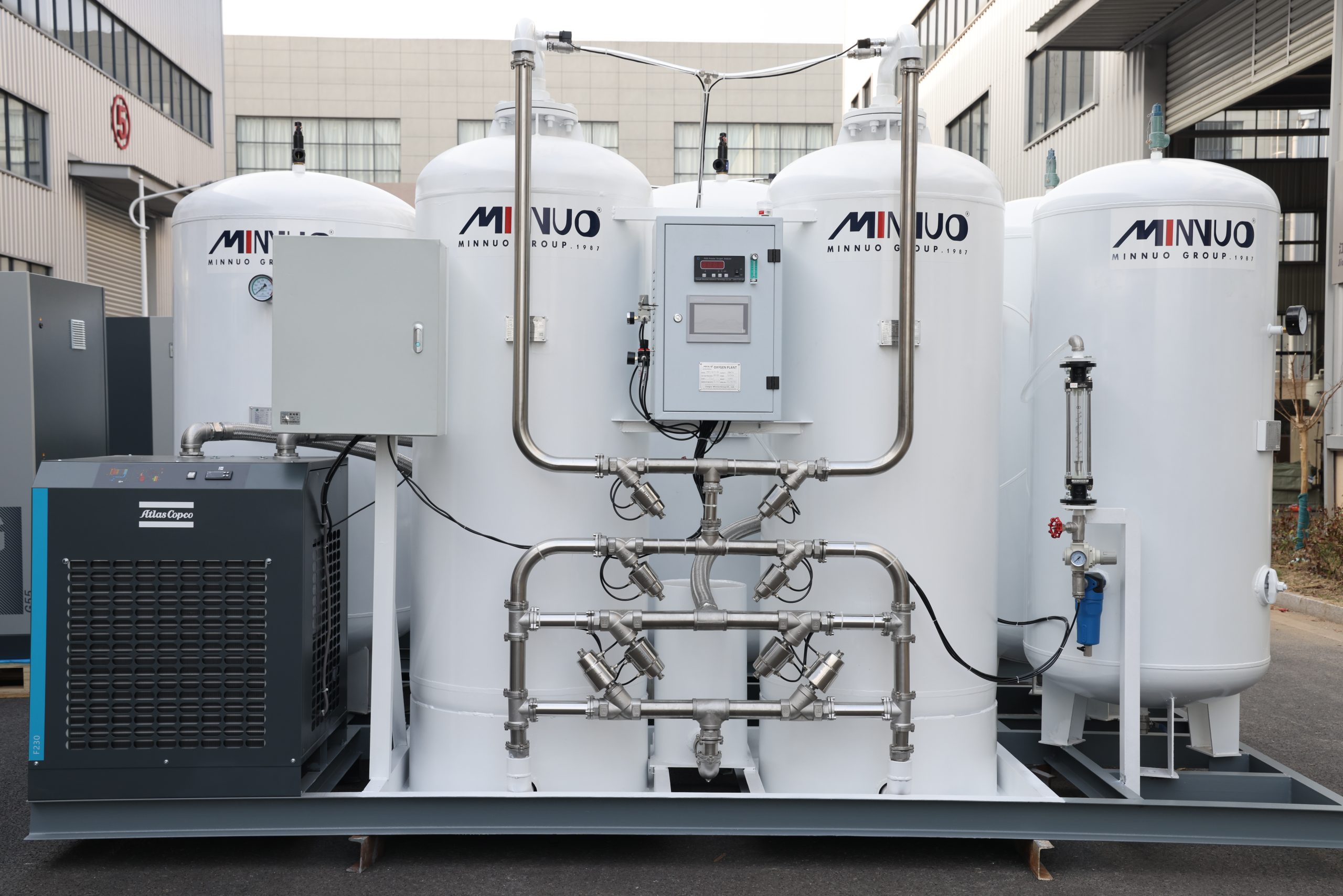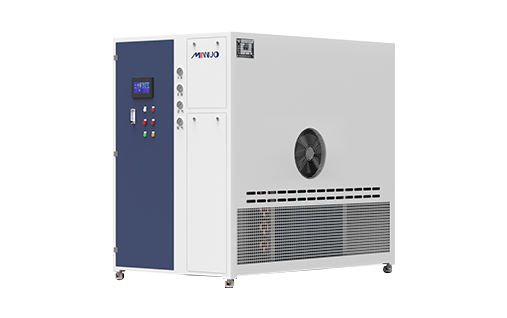Liquid nitrogen (LN2) stands as a marvel in the realm of science and industry, primarily for its extreme cold temperatures and versatility. At a boiling point of -196°C (-321°F), it is a colorless, odorless, non-toxic, and inert liquid that can rapidly freeze any material it contacts. This characteristic makes LN2 exceptionally valuable across various fields, including medical, culinary, and technological sectors, to name a few.
Uses of Liquid Nitrogen
Medical Field
Liquid nitrogen, crucial in medicine, provides distinct advantages due to its ultra-low temperature, facilitating diverse medical processes. Here are some key uses:
- Cryosurgery and Dermatology: LN2 is widely used in cryosurgery to remove skin lesions such as warts, moles, skin tags, and even early-stage skin cancers. By applying LN2, doctors can freeze and destroy abnormal tissue with precision, minimizing damage to surrounding healthy tissue.
- Cryopreservation: Cryopreservation involves preserving biological samples like blood, sperm, eggs, and genetic material at cryogenic temperatures. LN2’s capability to sustain temperatures below -150°C (-238°F) ensures the long-term preservation of these samples, maintaining their viability.
- Pharmaceuticals: The pharmaceutical industry utilizes LN2 in the lyophilization process, where vaccines, serums, and other medications are freeze-dried to increase their shelf life and stability. This process is crucial for transporting medications that require refrigeration, making them more accessible worldwide.

Industrial Applications
- Metal Industry: In metalworking, LN2 is used for cooling and treating metals. This improves their mechanical properties. It’s critical in shrink fitting. Metal components contract when cooled with LN2. This allows for a snug fit. They then naturally expand for precision assembly.
- Electronics Industry: In electronics, LN2 aids the manufacturing of semiconductor devices. Its rapid cooling ability allows for faster production cycles, reduces the risk of overheating, and helps test electronic components under extreme temperature conditions.
- Rubber and Plastic Industry: In rubber and plastic manufacturing, LN2 is key for freezing and grinding these materials into fine powder, allowing for further processing and recycling.
Food Industry
- Freezing and Chilling: LN2 is widely used for its rapid freezing capabilities. It quickly lowers the temperature of food, resulting in smaller ice crystals compared to conventional freezing methods. This process preserves the cellular structure, texture, and moisture content of the food, ensuring that products like fruits, vegetables, meat, and seafood retain their original quality and flavor.
- Cryogenic Grinding: Spices and other food items that are heat-sensitive can be efficiently ground using LN2. The extreme cold prevents the loss of volatile oils and flavors that occur with traditional grinding, resulting in a finer, more aromatic powder.
- Molecular Gastronomy: In high-end culinary practices, LN2 is used to create innovative dishes and desserts. Chefs leverage its rapid freezing capacity to produce unique textures and presentations, such as instant ice creams, frozen foams, and cocktails.
- Dairy Industry: In the production of ice cream and other frozen dairy products, LN2 offers a quick freeze that results in a smoother, creamier texture by minimizing ice crystal formation.
Scientific Research and Cryogenics
- Cryogenic Storage: Liquid nitrogen is widely employed for preserving biological samples like blood, DNA, tissues, and cells over extended periods. The extremely low temperature of LN2 halts biological processes, thus maintaining the samples’ viability for future research or applications.
- Cooling Agent: In research laboratories, LN2 serves as a cooling agent for maintaining low temperatures in various equipment such as electron microscopes, mass spectrometers, and NMR spectrometers. It is also indispensable in cooling down superconducting magnets used in MRI machines and particle accelerators.
- Material Science Research: Liquid nitrogen is critical for low-temperature studies on various materials, including superconductors, to understand the changes in their physical and mechanical properties.
- Cryonic Suspension: In the speculative realm of cryogenics, liquid nitrogen freezes and preserves humans or animals for potential future revival.

How Nitrogen Becomes Liquid
Nitrogen Generators + Cryocoolers
The conversion of gaseous nitrogen to liquid requires advanced technology, chiefly nitrogen generators combined with cryocoolers.
- Nitrogen Generators: The process begins with nitrogen generators that extract nitrogen from the air, comprising roughly 78% nitrogen.
- To extract pure nitrogen, specialized methods like Pressure Swing Adsorption (PSA) or Membrane Gas Separation are utilized. These techniques eliminate impurities like oxygen, carbon dioxide, and water vapor.
- Cryocoolers: Once the nitrogen gas is purified, it moves to the cryocooling phase where cryocoolers come into play. These devices reduce the temperature of the nitrogen gas through a refrigeration cycle, often involving the Joule-Thomson effect or Brayton cycle, both capable of reaching cryogenic temperatures. During this phase, the nitrogen gas is cooled under high pressure and then expanded rapidly to lower its temperature significantly.
Supervisors closely monitor the exact cooling process to ensure the nitrogen’s safe transition from gas to liquid. Insulated containers store the resulting liquid nitrogen to preserve its low temperature and liquid form.
Cryogenic Air Separation Technology
Cryogenic air separation technology stands as the cornerstone of industrial-scale liquid nitrogen production. This method leverages the differing boiling points of air components to efficiently separate and liquify nitrogen.
The Process Explained:
- Air Compression and Purification: The procedure starts by compressing air, purifying it to eliminate impurities like water vapor, carbon dioxide, and hydrocarbons.
- This step is crucial for preventing any equipment freeze-up during the subsequent cooling stages.
- Pre-cooling: Before entering the cryogenic distillation column, compressed and purified air pre-cools near its dew point. This pre-cooling step utilizes refrigerants or cold recovery from prior process stages.
- Cryogenic Cooling: The core process cools the air to cryogenic temperatures (below -150°C or -238°F) through heat exchangers and expanders. Intense cooling results in air condensing into a liquid blend of oxygen, nitrogen, and argon, each with unique boiling points.
- Fractional Distillation: The liquefied air then enters a fractional distillation column, where it undergoes a gradual temperature increase. The varying boiling points of air’s components allow for separation: nitrogen, with a lower boiling point, vaporizes first, collecting at the column’s summit, preceding oxygen. The liquid nitrogen is then drawn off, further purified, and stored.
- Storage and Distribution: The final step involves storing the liquid nitrogen in insulated containers to prevent it from absorbing heat and vaporizing. These containers ensure the safe transport and delivery of liquid nitrogen to various industries and research facilities.
Seeking the perfect liquid nitrogen equipment? Team Minnuo is here to guide you to the best fit! Our systems not only excel in performance, but they’re also low-maintenance, leaving you worry-free. Trust in us to elevate your nitrogen solutions!






 sales2:+86 17506119168
sales2:+86 17506119168

